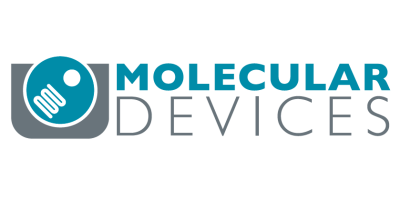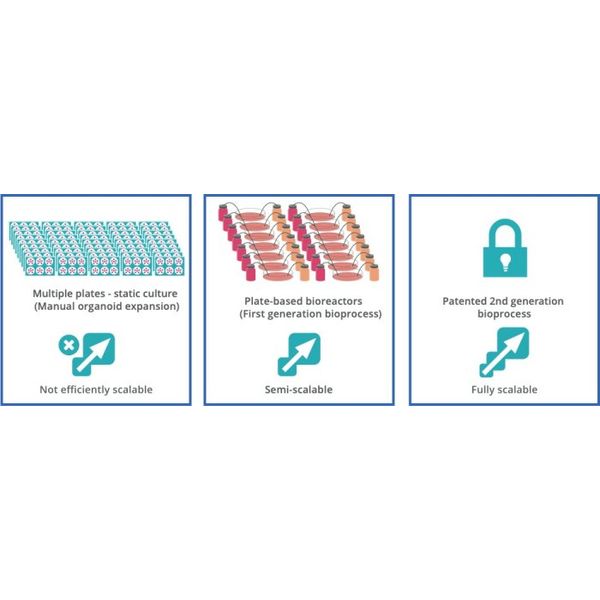

- Home
- Companies
- Molecular Devices, LLC.
- Products
- Cellesce Technology
Cellesce Technology
Organoids are derived from biopsies and tissues sampled from patients or subjects (usually termed Patient-Derived Organoids, or PDOs). PDOs are self-organising cell structures that mimic the tissue or organ from which they are derived – they are often termed ‘mini-organs’.
PDOs provide a step-change improvement in the ability to screen drugs in models that are predictive of patient responses to those drugs, providing better data today and better drugs tomorrow.
- Derived in the lab from normal subjects or patient biopsy tissue from a wide variety of disease states
- 3D clusters, self-assembled from adult stem cells with no planar plasticisation
- Contain multiple cell-types
- Mimic source organ/tissue architecture to duplicate normal or disease pathology
Cellesce’s leading technology can:
Produce millions of reproducible PDOs per manufacturing batch using its patented bioprocess and bioreactors.
Genetically diverse
Can be used in diagnostics and personalised medicine
Faithful & predictive
Can model by tumour or mutation subtype
Multicellular & 3D
Can be used in diagnostics and personalised medicine
Model major tissue types
Wide range of cancer types, normal tissue – other therapies
Scalable & consistent
Can be used in high throughput applications
Can add immune cells
Can use in immune & cell therapy applications
Cellesce has invented and patented a novel bioprocess for the expansion of PDOs for a multitude of applications including drug discovery, biological drug targeting and organ-on-a-chip applications.
Until recently, organoids could only be grown and expanded manually. This is a technically challenging, time-consuming, and labour-intensive process resulting in small numbers of PDOs with inconsistent performance. This has previously limited PDO suitability for use in high throughput and other applications by pharma and biotech.

